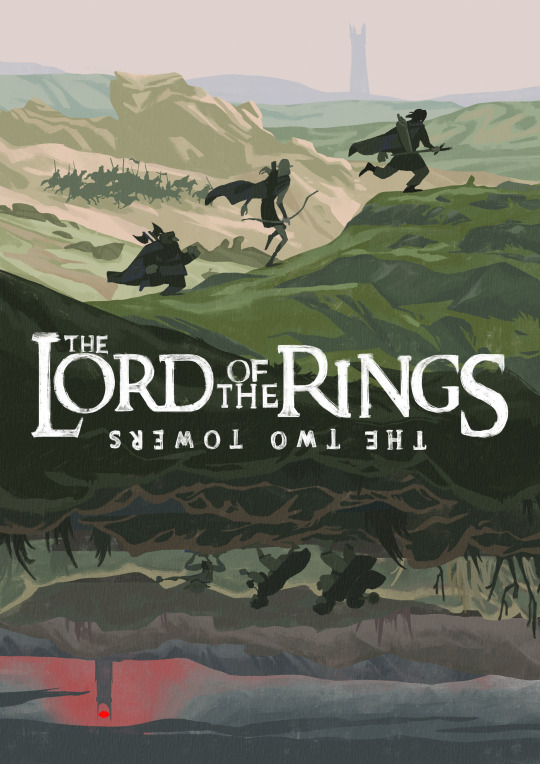Text



Owning this cicada lamp made by @cady_the_creator would solve all my problems
44K notes
·
View notes
Text

The poster for "The Two Towers" that I drew a long time ago
30K notes
·
View notes
Text
Started Twilight Princess!
Tackled an escaping goat. It started doing the walk of shame back to the ranch. I walked up to it and a 'pet' button showed up!!! I clicked and Link pet the sad goat!!!!

4K notes
·
View notes
Text

Water Dragon Сommission for @\safircards project
Timelaps and details HERE
348 notes
·
View notes
Text
A cover of Bad Guy by Billie Eilish on guzheng, flute, and pipa—Tang Dynasty disco edition for Mid-Autumn Festival.
[eng by me]
9K notes
·
View notes
Text
HUGE shout out to purple for being the only color that has like no losers. Deep purple royal purple bluish purple redish purple pastel purple dusty purple lavender periwinkle violet like. Banger after banger after banger!!
181K notes
·
View notes
Text
45K notes
·
View notes
Photo

Curious Polar bear (Ursus maritimus) standing upright and looking through porthole into the kitchen of arctic expedition ship M/S Stockholm in Svalbard, Spitsbergen, Norway by Andy Rouse
193K notes
·
View notes
Photo



Illustrations for Acts III - V from Shakespeare’s Hamlet by John Austen (1922)
15K notes
·
View notes
Text
Just learned this absolutely delightful bit of etymology:
During the 15th century, the English had an endearing practice of granting common human names to the birds that lived among them. Virtually every bird in that era had a name, and most of them, like Will Wagtail and Philip Sparrow have been long forgotten. Polly Parrot has stuck around, and Tom Tit and Jenny Wren, personable companions of the English countryside, are names still sometimes found in children’s rhymes. Other human names, however, have been incorporated so durably into the common names that still grace birds as to almost entirely obscure their origin. The Magpie, a loquacious black and white bird with a penchant for snatching shiny objects, once bore the simple name “pie,” probably coming from its Roman name, “pica.” The English named these birds Margaret, which was then abbreviated to Maggie, and finally left at Mag Pie. The vocal, crow-like bird called Jackdaw was also once just a “daw” named “Jack.” The English also gave their ubiquitous and beloved orange-bellied, orb-shaped, wren-sized bird a human name. The first recorded Anglo-Saxon name for the Eurasian Robin was ruddoc, meaning “little red one.” By the medieval period, its name evolved to redbreast (the more accurate term orange only entered the English language when the fruit of the same name reached Great Britain in the 16th century). The English chose the satisfyingly alliterative name Robert for the redbreast, which they then changed to the popular Tudor nickname Robin. Soon enough, the name Robin Redbreast became so identified with the bird that Redbreast was dropped because it seemed so redundant.
11K notes
·
View notes







